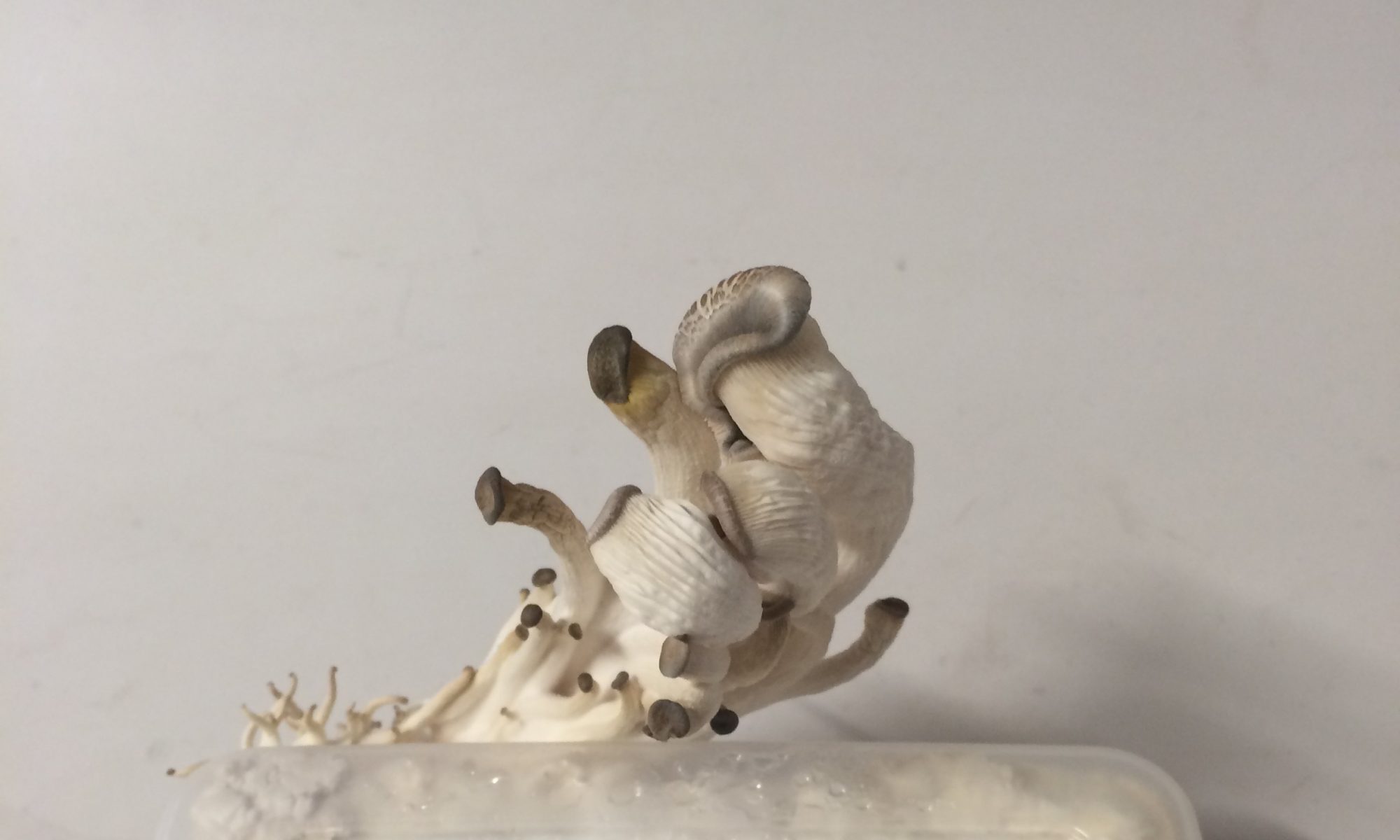

The Chanfron took it’s denomination from the part of the horse’s head that it covered. It was a mask that protected the horse in battle but also often hindered the horse from seeing right before him, perhaps to prevent being intimidated by any objects which might lessen the celerity of its charge. This piece is forged from 18 gauge steel and is fully functional but also makes a wonderful wall hanger. This item has been discontinued and only very limited supply remains
Historically, the cataphract was a very heavily armored horseman, with both the rider and steed draped from head to toe in scale armor, while typically wielding a kontos or lance as their weapon. (Thanks wikipedia)

Mughal war elephants
1700’s Indian War Elephant Armor
Cat and mouse armor by Jeff de Boer
Armour (or armor) in animals is external or superficial protection against attack by predators, formed as part of the body (rather than the behavioural use of protective external objects), usually through the hardening of body tissues, outgrowths or secretions. It has therefore mostly developed in ‘prey’ species. Armoured structures are usually composed of hardened mineral deposits, chitin, bone or keratin.
Armour is evident on numerous animal species from both current and prehistoric times. Dinosaurs such as Ankylosaurus, as well as other Thyreophora (armoured dinosaurs such as Ankylosauria and Stegosauria), grew thick plate-like armour on their bodies as well as offensive armour appendages such as the thagomizer or a club. The armour took many forms, including osteoderms, spikes, horns and plates. Other dinosaurs such as ceratopsian dinosaurs as well as some sauropods such as Saltasaurus and Agustinia, grew armour to defend themselves, although armour in sauropods overall is uncommon.
In modern times, some molluscs employ the use of shells as armour, and armour is evident in the chitinous exoskeleton of arthropods. Fish use armour in the form of scales, whether ‘cosmoid’, ‘ganoid’ or ‘placoid’ and in some cases spines, such as on fish such as the stickleback. The chalky plate, or cuttlebone, of cuttlefish also acts as armour. Most reptiles have scaly skin which protects them from predators in addition to water retention; the crocodile’s exoskeleton and the shells of the Chelonia – tortoises, turtles and terrapins.
Numerous mammals employ the use of spines and body armour, although not as sturdy as reptilian armour, like the spines of the Echidna and spiny anteaters and of porcupines and hedgehogs. The bony shell of the armadillos and the extinct Glyptodon were very much like Ankylosaurus’ armour and some modern armadillos curl up into a ball when threatened, making them unexposed due to their armour. Similarly, the hairy plate-like scales of the pangolin are employed in the same way and are constructed of the same material used in the offensive armour, the horn, of the rhinoceros.
Armour, although all used for the sole intent to ward off attackers, can be split into defensive and offensive armour. Examples of offensive armour are horns, hooves, antlers, claws and beaks, clubs and pincers, as developed in some mammals, birds, reptiles (including dinosaurs, such as the dromaeosaurid claw and the ceratopsian horn) and arthropods. Offensive armour is often used in conjunction with defensive armour and in some cases makes an animal almost unassailable. – wikipedia



















